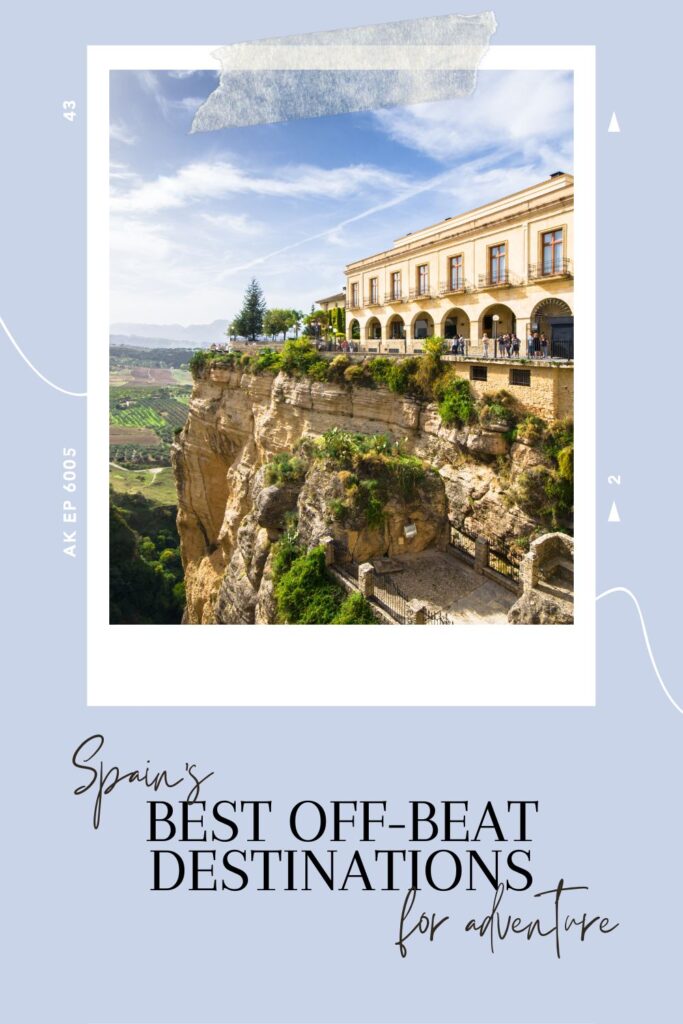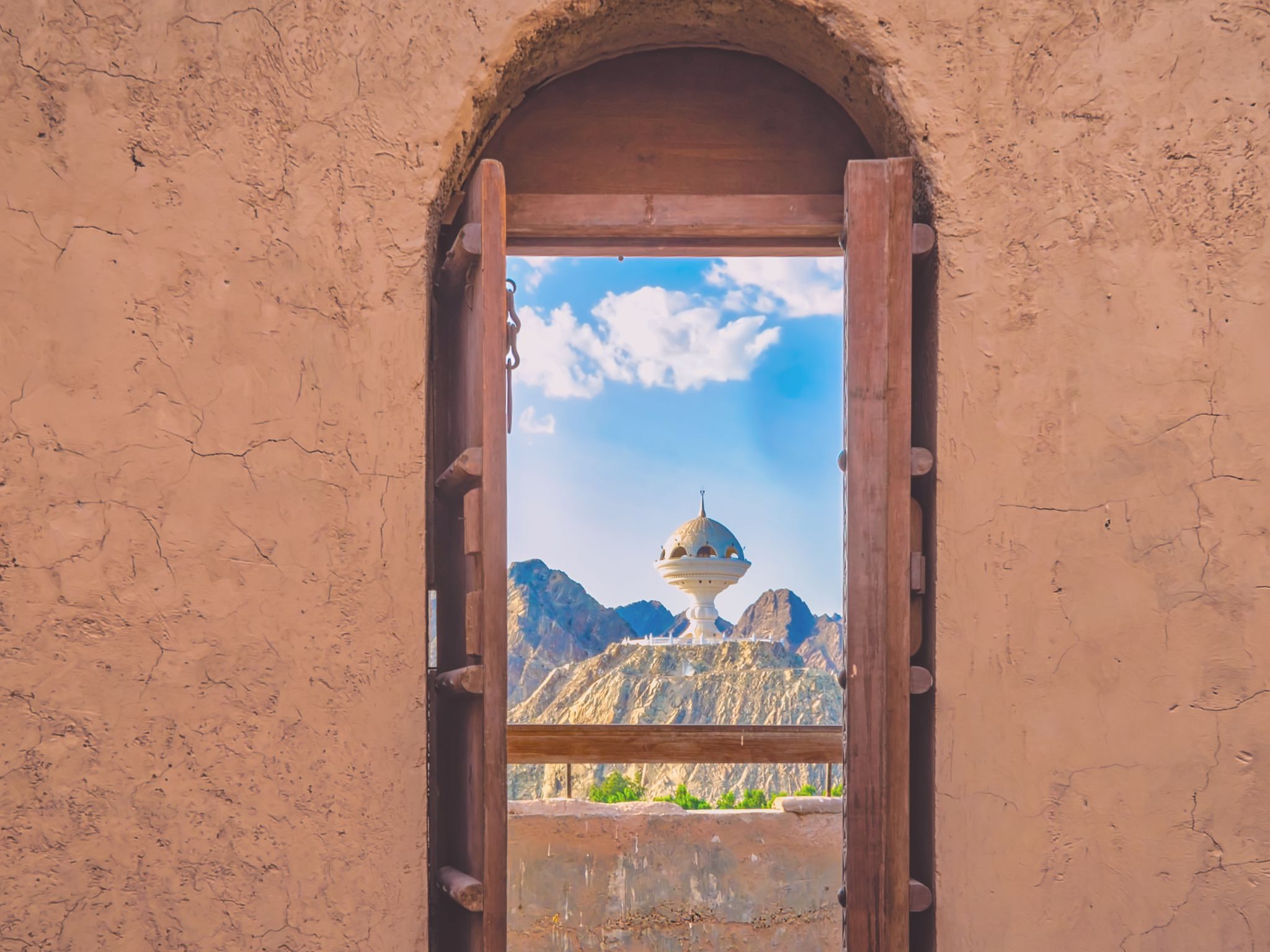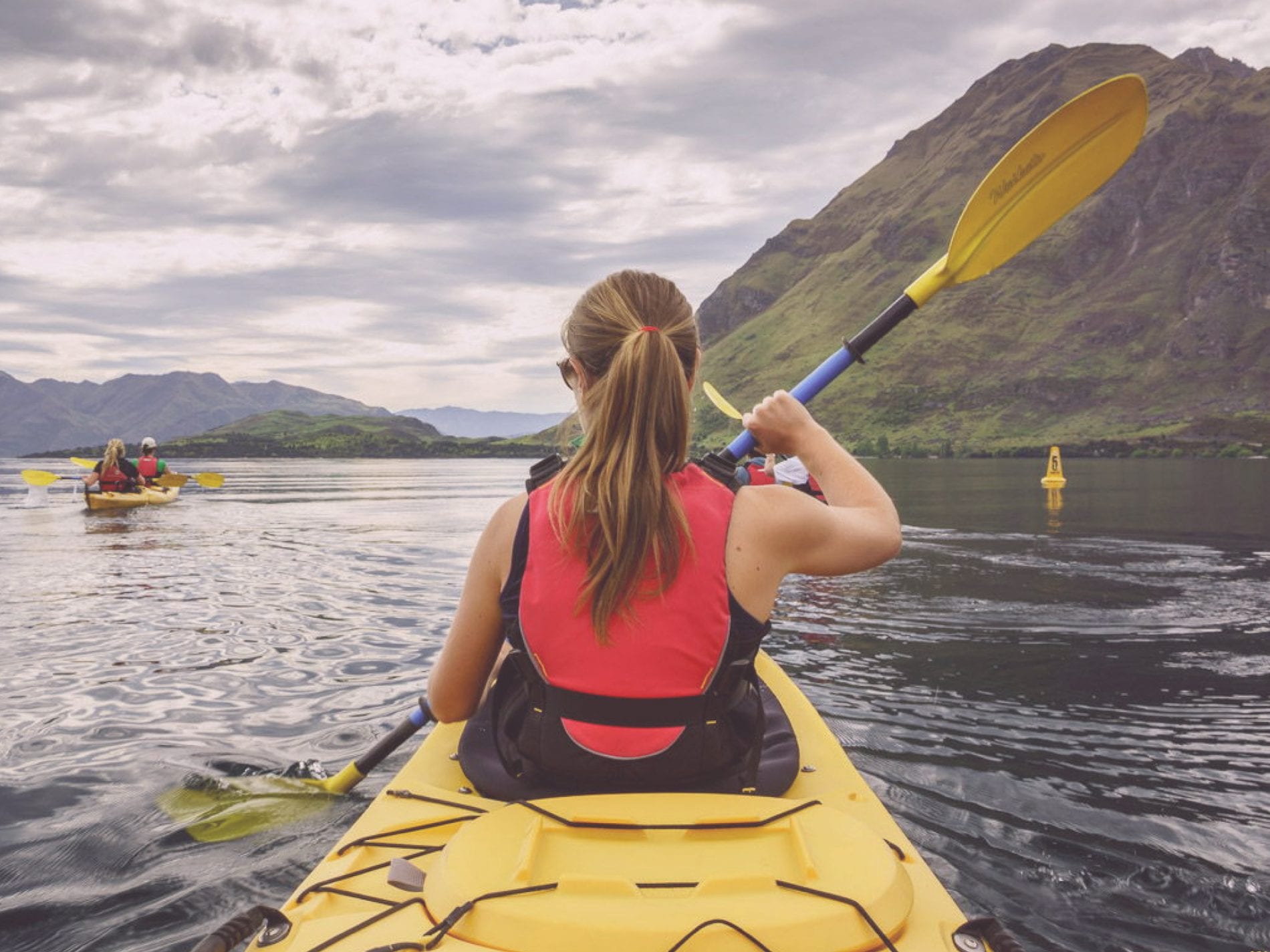Those who choose to venture to the eastern end of the Arabian peninsula will encounter diverse landscapes, including magnificent mountains, stunning sand dunes, and rugged coastlines. Take a look at our top places to visit in Oman and find out why the country continues to top the list of the world’s best travel destinations.
To tour the places mentioned here, make Al Batinah your base and take day trips. Visit barcelo.com/en-us/offers/black-friday to access exclusive discounts.
Wady Shabs
This spectacular canyon (wadi in Arabic) is reason enough to visit Oman. Its entrance is easily accessible by a paved road. Along the route, you’ll pass numerous turquoise pools, but they are strictly off-limits for swimming, as they provide drinking water to nearby villages. The hike also traverses swaths of terraced gardens, providing an odd touch of greenery, oleander, and palm trees, in an otherwise striking rocky landscape.
The first swimming pool has ample shade and room to accommodate. From here, it is about a half-hour swim, crawl and walk to the cave entrance that leads to a hidden waterfall. The canyon trip navigates through a variety of water depths, so weak swimmers should not attempt the trip without a flotation device.
That said, the water is calm and there are numerous places to rest along the way on dry land. The entrance to the cave is a small gap in the rocks, about three feet high and wide, that extends approximately 40 feet through the rock. This is a very deep part of the canyon, but fortunately, there are several handholds along the passage and throughout the cave to provide a respite from treading water.
The cave is partially open, allowing plenty of light to help climb the waterfall. It is possible to climb the waterfall to the top where other series of pools invite to see, or one can jump into the water below.
Check the forecast beforehand, as any rain in the area will make its way into the wadi, with the potential for flash flooding.
Jebel Shams and Jebel Akhdar
Jebel is the Arabic word for mountain. Although Jebel Shams is the highest mountain in Oman, it is best known for the adjacent canyon, Wadi Ghul. Nicknamed the “Grand Canyon of Arabia,” the deep chasm creates kilometer-high cliffs. Some of the best views can be seen from the Balcony Trail, an old donkey trail that runs inside the canyon rim.
The trail is wide enough for safe passage, and leads to an abandoned stone village perched on the cliff. The villagers created a sophisticated aqueduct system through the rock wall for drinking water and terraced agriculture. Although life has left the village, several of the pools still receive a trickle of water, creating lush pockets of vegetation in the harsh mountain landscape.
Jebel Akhdar, which translates as “green mountain”, earns its name from the local orchards and vegetation supported by 12 inches of annual rainfall.
Musandam Peninsula
The rugged Musandam Peninsula is located on the northeastern tip of the Arabian Peninsula, isolated from the rest of Oman by the United Arab Emirates. Musandam’s natural landscape is dominated by the rugged Hajar Mountains, which descend directly into the deep blue Arabian Gulf. The result is a network of dramatic fjords and islands, most of which can only be accessed by boat. Dolphins and the occasional whale can be spotted along the rocky coastline, making the boat ride worthwhile.
Muscat
Oman’s capital is the main entry point for most travelers, as well as the cultural and economic center of the country. It has numerous fortresses, a palace, mosques, museums, and an opera house. The Mutrah Fort, which stands on a cliff overlooking the harbor and the corniche, offers one of the best views of the city. The adjacent Mutrah Souq adds to the bustle, with hundreds of vendors selling traditional crafts, local cuisine, spices, and more.
Masirah Island
Oman’s largest island, Masirah, is located off the east-central coast of the mainland, bathed by the Indian Ocean. The island is ideal for sea turtle spotting and kite surfing. Several species of turtles, including the world’s largest number of loggerhead turtles, make their annual trip to the island to lay their eggs. Although the waters here are famous for shipwrecks, the shallow section offshore offers the opportunity to snorkel with these gentle creatures.
Adrenaline seekers will want to plan their visit during the summer when monsoon winds create ideal conditions for kitesurfing. Due to its popularity, a handful of kitesurfing camps and operations have begun popping up for all skill levels. Masirah is also home to a dozen small villages, but it’s still easy to find your own stretch of beach. The island can be reached by daily ferries from Shannah.
READ MORE INSPIRING TRAVEL GUIDES FROM WANDERLUSTERS





